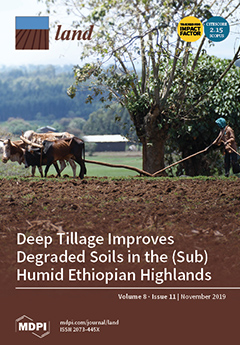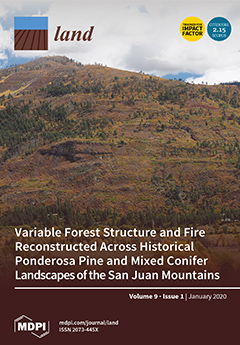Valuing Environmental Amenities across Space: A Geographically Weighted Regression of Housing Preferences in Greenville County, SC
As global consumption and development rates continue to grow, there will be persistent stress placed on public goods, namely environmental amenities. Urban sprawl and development places pressure on forested areas, as they are often displaced or degraded in the name of economic development. This is problematic because environmental amenities are valued by the public, but traditional market analysis typically obscures the value of these goods and services that are not explicitly traded in a market setting.




